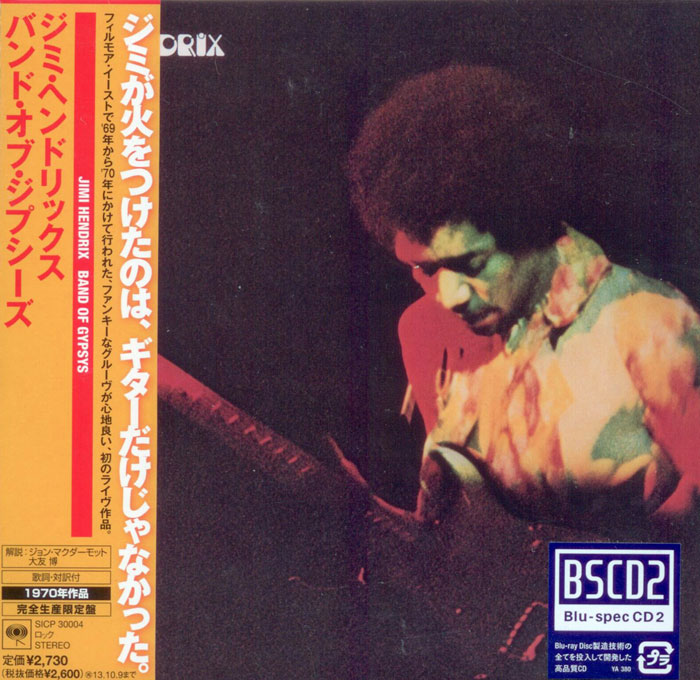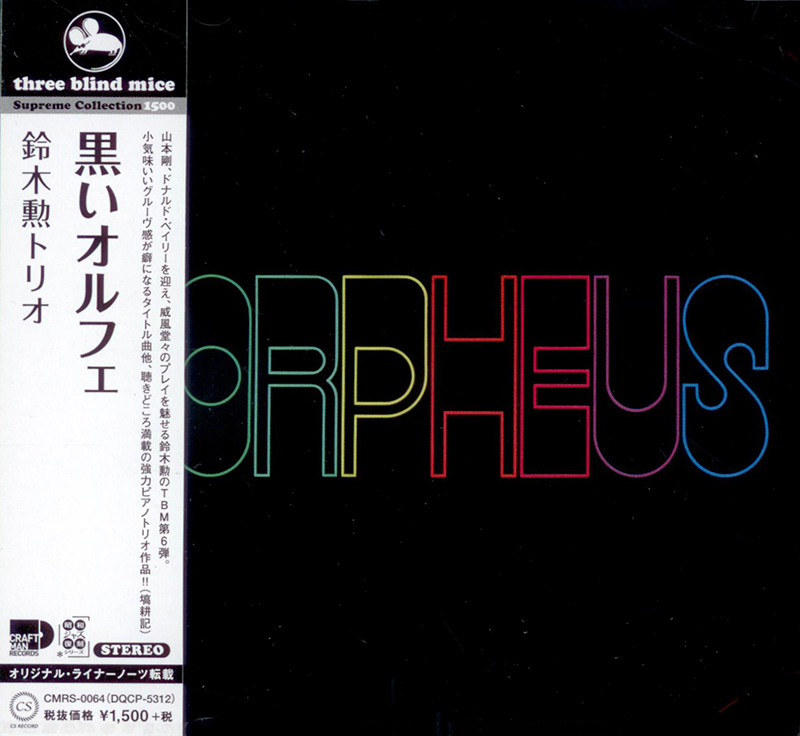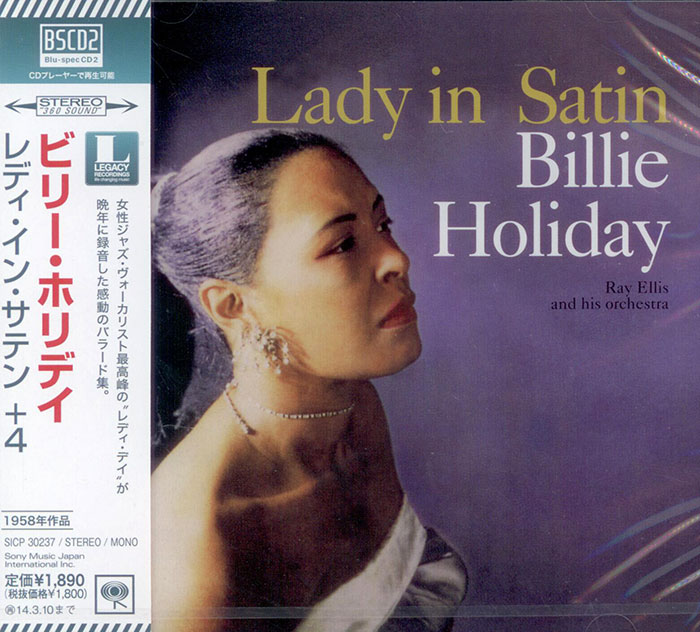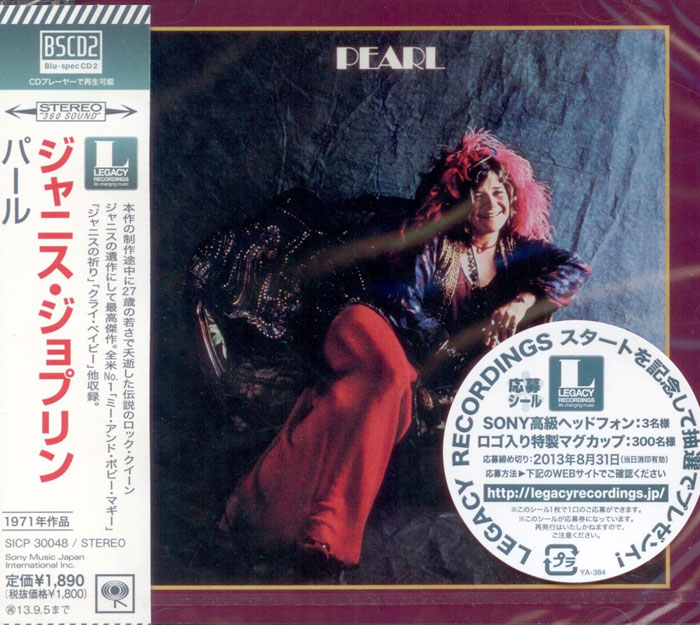Logowanie
KOLEKCJE!
BACH, CHOPIN, LISZT, MOZART, GRIEG, Dinu Lipatti, Otto Ackermann, Ernest Ansermet
The Master Pianist
PROKOFIEV, CHOPIN, TCHAIKOVSKY, SCHUMANN, BEETHOVEN, Martha Argerich, Claudio Abbado, Giuseppe Sinopoli
The Concerto Recordings
The Collection 2
Jakość LABORATORYJNA!
ORFF, Gundula Janowitz, Gerhard Stolze, Dietrich-Fischer Dieskau, Deutsche Oper Berlin, Eugen Jochum
Carmina Burana
ESOTERIC - NUMER JEDEN W ŚWIECIE AUDIOFILII I MELOMANÓW - SACD HYBR
Winylowy niezbędnik
ClearAudio
Essence MC
kumulacja zoptymalizowana: najlepsze z najważniejszych i najważniejsze z najlepszych cech przetworników Clearaudio
Direct-To-Disc
PIAZZOLLA, ChamberJam Europe
Tangos del Ángel y del Diablo
Direct-to-Disc ( D2D ) - Numbered Limited Edition
Jaco Pastorius
Jaco

Blu-specCD - JESZCZE BLIŻEJ ORYGINAŁU!
From Jaco's debut to his work with Word of Mouth, he single-handedly reinvented the electric bass forever. In 1976, the music world changed forever with the release of Jaco Pastorius. The nine-selection album begins with a cover of Charlie Parker's "Donna Lee". Jaco's playing style was noteworthy for containing intricate solos in the higher register and for the "singing" quality he achieved on the fretless bass. His innovations also included the use of harmonics. Pastorius ignited the jazz fusion band Weather Report and propelled them into super-group status. Apart from his career with Weather Report, Jaco Pastorius had two Grammy Award nominations for his self-titled debut album. He won the readers' poll for induction into the Down Beat Jazz Hall of Fame in 1988, one of only four bassists to be so honored (the others being Charles Mingus, Milt Hinton, and Ray Brown), and the only electric bassist to receive this distinction. In 1975, Pastorius was introduced to Blood, Sweat & Tears drummer Bobby Colomby, who had been given the green light by CBS Records to find "new talent" for their jazz division. Pastorius' first album, produced by Colomby was the eponymous Jaco Pastorius (1976), a breakthrough album for the electric bass. Many consider this to be the finest bass album ever recorded; when it exploded onto the jazz scene it was widely praised by critics. The album also boasted a lineup of heavyweights in the jazz community at the time—essentially a stellar backup band—including Herbie Hancock, Wayne Shorter, David Sanborn, Lenny White, Don Alias, and Michael Brecker among others. Even legendary R&B singers Sam & Dave reunited to appear on the track "Come On, Come Over". During the course of his musical career, Pastorius played on dozens of recording sessions for other musicians, both in and out of jazz circles. Some of his most notable are four highly regarded albums with acclaimed singer-songwriter Joni Mitchell: Hejira (1976), Don Juan's Reckless Daughter (1977), Mingus (1979) and the live album Shadows and Light (1980). Joni Mitchell searched long and hard for a bass player that didn't exist... until Jaco. Hejira was arguably Mitchell's most experimental album due to her ongoing collaborations with legendary jazz virtuoso bass guitarist Jaco Pastorius on several songs. Pastorius was inducted into the Down Beat Jazz Hall of Fame in 1988, one of only four bassists to be so honored (and the only electric bass guitarist). "Jaco is a phenomenon. He is able to make sounds on the bass that are a total surprise to the sensibilities. Not only single notes, but chords, harmonics, and all sorts of nuances with the color of the instrument that when combined and translated through Jaco make for some of the best music that I've heard in a long time. Of course, it's not the technique that makes the music; it's the sensitivity of the musician and his ability to be able to fuse his life with the rhythm of the times. This is the essence of music. On this record Jaco captures some of that rhythm." - Herbie Hancock Muzycy: Jaco Pastorius (bass); Sam Moore, Dave Prater (vocals); Wayne Shorter (soprano saxophone); David Sanborn (alto saxophone); Michael Brecker (tenor saxophone); Howard Johnson (baritone saxophone); Randy Brecker (trumpet); Peter Graves (bass trombone); Peter Gordon (French horn); Hubert Laws (piccolo); Max Pollikoff, Arnold Black (violin); Julian Barber, Al Brown (viola); Kermit Moore, Beverly Lauridsen (cello); Herbie Hancock (piano, Fender Rhodes piano, keyboards); Alex Darqui (Fender Rhodes piano); Homer Mensch (acoustic bass); Narada Michael Walden, Lenny White, Bobby Economou (drums); Othello Molineaux, Leroy Williams (steel drums); Don Alias (bongos, congas, bells, okonko y iya, afuche, percussion).
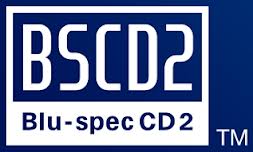 Płyty Bluspec_CD 2 - DO ODTWORZENIA W KAŻDYM TYPIE CZYTNIKA CD i DVD - to nowa generacja płyt Bluspec, jeszcze lepszych od pierwowzoru. Płyty do odtworzenia we wszystkich typach czytników CD oraz DVD. Zapewniają wybitną projekcję szczegółów, dokładnie odwzorowują zapis oryginału, świetnie ukazują całą architekturę nagrania. Do produkcji tych płyt wykorzystano technologię blu-ray, gwarantującą sześciokrotnie większą dokładność w odwzorowaniu walorów taśmy-matki. |


























